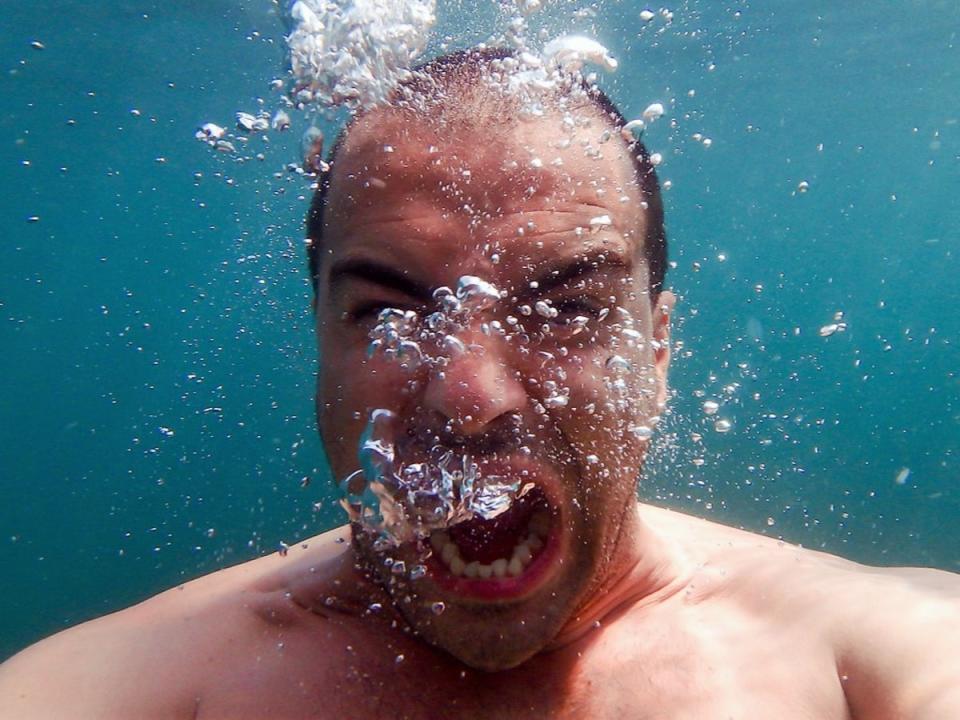Scientists invent messaging app that ‘brings underwater communication to the masses’

Scientists have invented a new messaging app that they claim offers the biggest leap in underwater communication between humans since hand signals.
AquaApp, developed by researchers at the University of Washington in the US, can be used on billions of existing smartphones and smartwatches through acoustic-based software.
It allows snorkelers and scuba divers to select from 240 pre-set messages in order to communicate information ranging from oxygen levels to the proximity of aquatic species.
The vocabulary is equivalent to the number of hand signals employed by the most advanced professional divers.
AquaApp negates the need to learn these signals for the millions of people who scuba dive and snorkel recreationally, while also providing a way for professionals to communicate across greater distances and in low visibilty.
“Smartphones rely on radio signals like WiFi and Bluetooth for wireless communication. Those don’t propagate well underwater, but acoustic signals do,” said Tuochao Chen, a doctoral student at the University of Washington and co-lead author of a study detailing the interface.
“With AquaApp, we demonstrate underwater messaging using the speaker and microphone widely available on smartphones and watches.”
It works by sending and receiving acoustic frequencies from one device to another and is capable of working at distances of up to 100 metres. After downloading the app, a user only needs to make sure they have a smartphone with suitable water resistance capabilities, or a waterproof case.
“AquaApp brings underwater communication to the masses,” said University of Washington professor and senior author Shyam Gollakota.
“AquaApp has the potential to change the status quo by democratising underwater technology and making it as easy as downloading software on your smartphone.”
The study detailing AquaApp was presented at the Sigcomm 2022 conference in Amsterdam on 25 August.

 Yahoo Finance
Yahoo Finance 